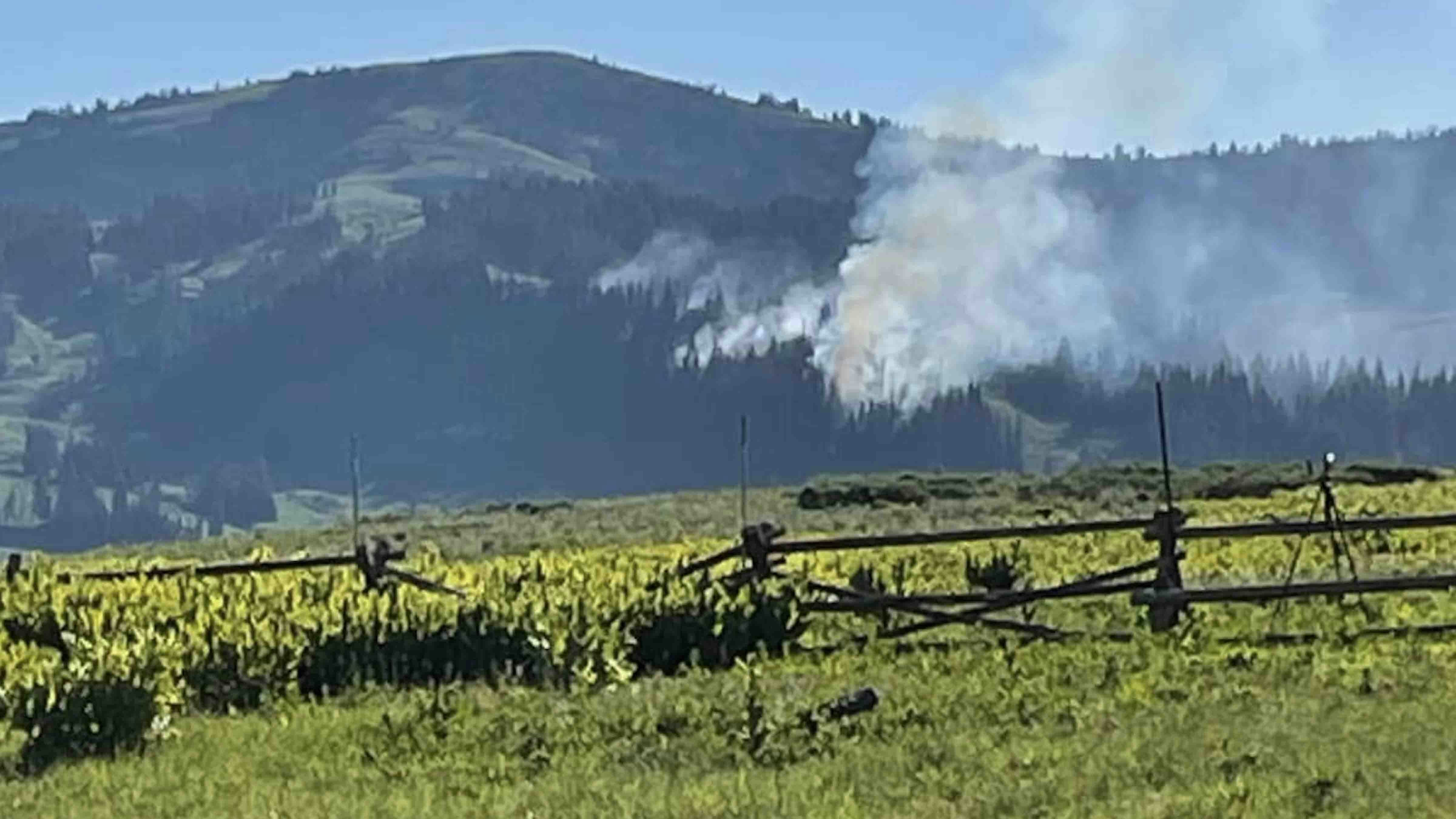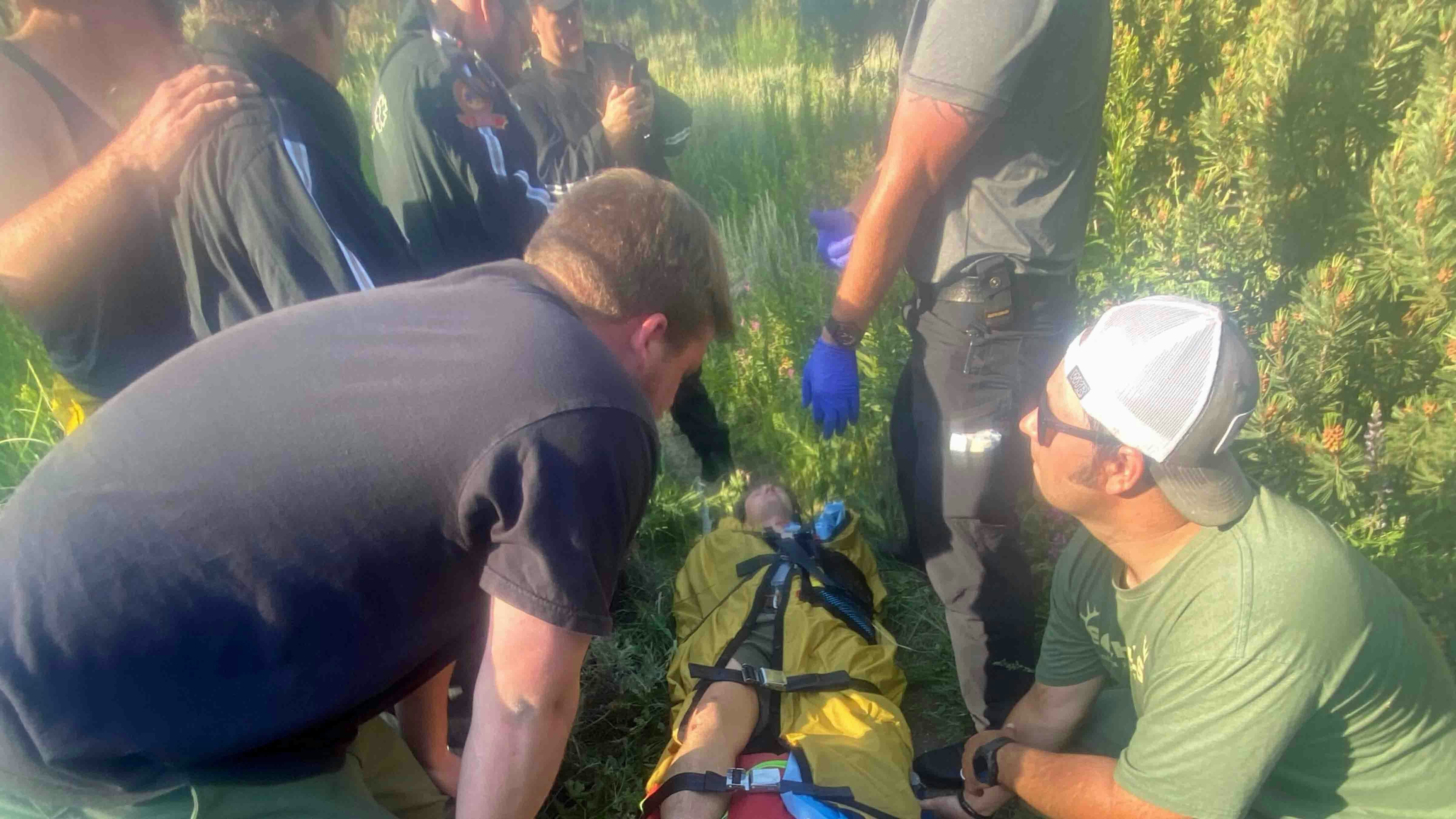There’s been a grizzly baby boom in Yellowstone National Park this year with dedicated bear watchers spotting more than triple the normal number of cubs in the park’s northern section.
There were 18 new cubs spotted there this spring and early summer. The usual count is about for or five, grizzly watcher Bill Hamblin told Cowboy State Daily.
“That’s more than we’ve ever seen,” he said.
Hamblin, who lives in Idaho Falls, Idaho, and Gary Gaston of Oxford, Mississippi, have for decades spent every spring in Yellowstone. They watch, count, photograph and video grizzlies.
And they’ve never seen anything quite like the crop of cubs this year.
Gaston told Cowboy State Daily that one reason might be that quite a few momma grizzlies cut their older cubs loose last spring, and then bred with boars (male bears).
“That’s a guess, but it’s the best guess I have right now for the number of cubs this spring,” said Gaston, who is a retired biologist.
Only Four Left In Litter Of Five
Among the new crop of grizzlies this spring was a littler of five cubs spotted following a momma bear in early June. It was a new record for Yellowstone, which had never had a documented litter of more than four cubs.
As far as anybody knows, that litter is down to four cubs, Hamblin said. It’s not certain what happened to the fifth cub, but it likely died.
Many grizzly cubs don’t live long enough to strike out on their own, usually at about age 2 or 3, he said.
“We spotted her (the mother grizzly) on five different occasions with the four remaining cubs, and they all looked good,” Hamblin said.
Bear expects previously told Cowboy State Daily that some of the litter of five might have been adopted because female grizzlies are known to sometime take care of each other’s cubs.
Hamblin and Gaston said it will likely never be determined whether all five of the cubs were that female’s biological offspring.
There were also a few sets of triplets and twins, as well as mother bears with only one cub each, Hamblin said.
Watching From A Distance
Hamblin was in Yellowstone this spring from March 25 until Friday. Gaston arrived April 30 and also stayed until Friday.
They said a relatively mild winter might have had something to with the bumper crop of cubs.
Lone, mature male grizzlies are usually the first to appear from hibernation. Mothers with cubs typically don’t start popping out until April or even May, even though cubs are usually born in January.
A mild winter and early spring this year might have increased cub survival rates, Gaston said.
“On some years, many of the cubs might die during the winter, so we never even get to see them out of the den,” he said.
Some bears, like Teton Park’s world-famous Grizzy 399, frequent areas near roadsides, and adoring fans watch them from relatively short distances. According to Park Service rules, tourists should stay at least 100 yards away from grizzlies.
Hamblin said he likes northern Yellowstone, because the open landscapes there allow him to watch grizzlies from respectful distances.
“I like to sit back, sometimes a mile or two away, with powerful binoculars or spotting scopes and just watch the bears’ natural behaviors,” he said.

Digging For Food
Typically, when the first grizzlies emerge from their dens, the carcasses of big game animals that died over the winter are a great food source for those early risers.
That was the case this spring with this year’s first verified grizzly sighting in Yellowstone in mid-March — a large male that was feasting on a bison carcass.
Late-comers, like mothers with cubs, might have to get more creative, going after newborn elk calves or loading up on fresh, green grass.
“I like to get to the park early before the first grizzlies even pop out. By mid-May, we’re seeing bears numbering in the double digits every day,” Hamblin said.
Hamblin said this year, the grizzlies he watched were going into high, open places and digging vigorously.
They were probably after roots, a snack that grizzlies crave, he said.
“I kept seeing them up on the tops of ridges, just digging away,” he said. “You can always see the mother bears digging around, and then the little ones see what mom is doing, so they start doing it too.”
Mark Heinz can be reached at mark@cowboystatedaily.com.





